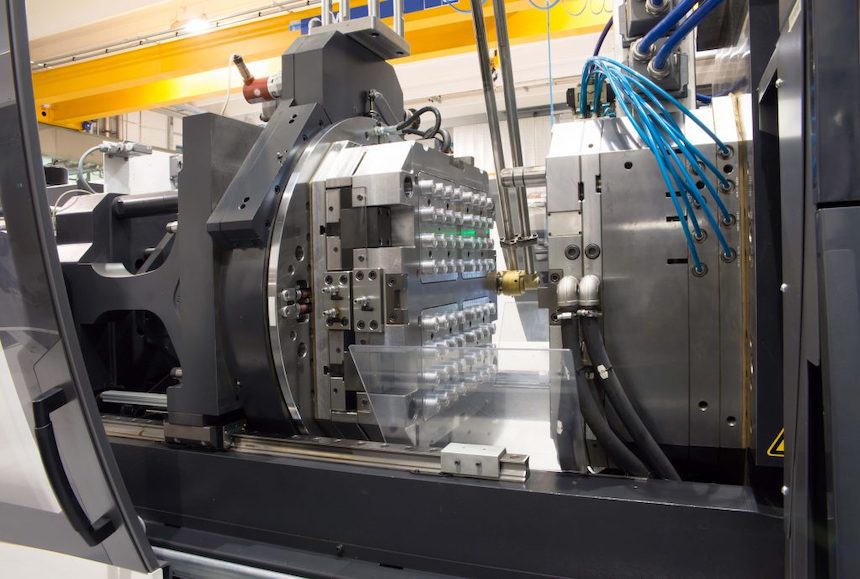
According to the Grand View Research, presently, the global market for plastic injection-molded parts is valued at $325 billion. The research further predicts the market to grow by 5.7% by the year 2025. The industry’s growth is due to its capability to manufacture high volumes using low-unit prices relative to the production costs. However, to effectively produce such high volumes requires excellent design practices. Initiating even the most minor enhancements to tool design, which may be negligible in small production, has a substantial financial impact when producing large-scale. Below are ways for you to achieve an excellent design with volume molding.
Design for the Material
Today, there are many types of thermoforming resins, and each of them consists of distinctive mechanical and chemical compositions. For instance, plastic injection molded parts can be made using 30% glass-filled Polyether ether ketone (PEEK). PEEK is a type of high-temperature plastic utilized in medical, automotive, and aerospace applications. The inclusion of glass fibers renders it sturdier and makes it long-lasting.
When utilizing PEEK, you must leverage the right mold tool steel. Using S136 stainless steel, for instance, would be ideal for achieving great design with low volume injection molding. A stainless steel metal has several crucial benefits, including resistance to rusting elements that impact the resin.
That is, it’s resistant to the corrosion of the glass fiber and allows for a high polish giving your design a quality finish. More importantly, it functions well for large-scale productions that operate at high temperatures, just as PEEK needs.
Design for Draft Angles
Each type of resin consists of a distinctive shrink rate and shrink percentage. It’s this shrink rate and the percentage that dictates how firmly it holds onto the walls of the tool once molding is complete. The propensity to grip inside the mold needs to be prevented using an excellent design approach for draft angles.
You can leverage the resin producer’s product specification to assist you in computing the minimum draft angles. However, these can be altered depending on the design characteristic.
In case the draft is too much at the parting line, this can lead to mold flash. Consequently, you should relocate the parting line to be situated at the core side of the mold. Doing so will ensure that possible mold flash won’t impact the cosmetic face of the part. Ultimately, this will help achieve an excellent design with volume molding.
Design for Wall Thickness
Designing for wall thickness is crucial for managing stress marks. However, when designing for this, you must also consider the minimum wall thickness. For instance, if the initial design for wall thickness is .6mm, this may lead to three issues.
- One, it requires too much injection pressure to fill such a tiny space. In turn, the pressure leads to internal stress that may destroy the part or lead to the degradation of the plastic resin.
- Two, the pressure is directly applied on the split line, raising the chances of a mold flash. Such a flash requires more time and work to eliminate and leaves marks on the final product.
- Three, such stress due to pressure impacts the mold tool, potentially reducing its lifetime. In the end, this can be costly and must be prevented.
Thus, when designing, ensure you increase the wall thickness to a minimum of 1mm to lower stress in the area.
Design for Ejection
Having a proper ejection design strategy is crucial to achieving great design with volume molding. The design for ejection is essential, particularly for delicate parts. Often, thin part margins provide areas that are too tiny to push against for the standard pin. Sometimes, it requires stripper plates.
These stripper plates can function against more extensive surface areas. However, the disadvantage with stripper plates is that they are time-consuming and costly to make on the mold tool. Additionally, the exertion of ejection pressure over the part’s surface area must be regulated while considering the various wall thicknesses.
In case such forces are not balanced, then the part can distort or even get broken.
Whereas there are various considerations to make with plastic injection molded design, these four strategies can help you achieve an excellent design with volume molding. As the demand for plastic injection molded parts increases, you can improve your design skills for better results.
- 3 Smart Ways Cities Can Become Eco-Friendly - July 8, 2021
- 3 Reasons Your Online Store Needs IP Targeting - July 7, 2021
- 3 Resources for Students Interested In Coding - July 2, 2021






